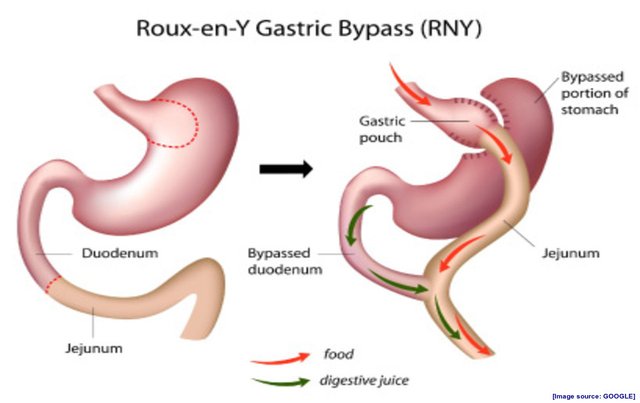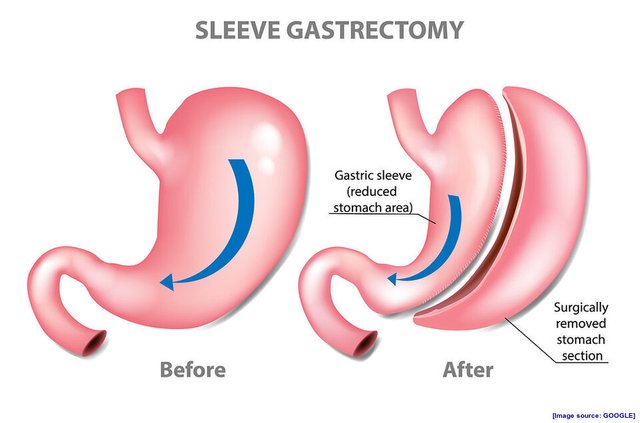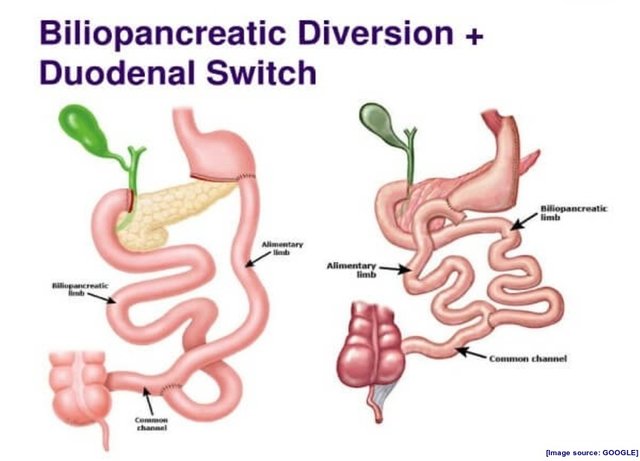
Weight loss surgery, also known as bariatric surgery, has become an increasingly popular option for individuals struggling with obesity. With several different surgical procedures available, it can be challenging to determine which one is the most suitable for an individual's specific needs. This article aims to provide an overview of the various weight loss surgery options and help you understand which procedure might be the best for you.
Understanding Weight Loss Surgery
Weight loss surgery is a medical intervention that alters the digestive system to assist individuals in losing weight by restricting food intake, limiting nutrient absorption, or both. These surgeries are typically recommended for people with a body mass index (BMI) of 40 or higher, or those with a BMI of 35-40 accompanied by obesity-related health conditions.
Different Types of Weight Loss Surgery
Gastric Bypass (Roux-en-Y):
.jpg)
Gastric bypass is considered the "gold standard" of weight loss surgery. The procedure involves creating a small pouch at the top of the stomach, which is then connected directly to the small intestine, bypassing a significant portion of the stomach and the upper part of the small intestine. Gastric bypass helps in both restriction and malabsorption, resulting in reduced food intake and diminished calorie absorption.
Sleeve Gastrectomy:

Sleeve gastrectomy involves removing a large portion of the stomach, leaving behind a narrow tube or sleeve-like structure. This surgery restricts food intake by reducing the stomach's capacity and also impacts gut hormones responsible for hunger and satiety. Sleeve gastrectomy does not involve rerouting or disconnecting the intestines.
Adjustable Gastric Banding:

In this procedure, a band is placed around the upper part of the stomach, creating a small pouch above it. The band can be adjusted by adding or removing saline solution, allowing for varying degrees of restriction. Unlike gastric bypass and sleeve gastrectomy, gastric banding is purely a restrictive procedure and does not involve stomach removal or intestinal rearrangement.
Biliopancreatic Diversion with Duodenal Switch:

This surgery involves removing a large portion of the stomach, similar to sleeve gastrectomy, and rerouting the small intestine. By reducing stomach capacity and bypassing a significant portion of the intestines, this procedure achieves both restriction and malabsorption. Biliopancreatic diversion with duodenal switch is generally reserved for individuals with severe obesity.
Determining the Best Weight Loss Surgery

Choosing the most suitable weight loss surgery depends on various factors, including an individual's health status, BMI, eating habits, preferences, and the advice of a medical professional. While all weight loss surgeries have their advantages and potential risks, the decision should be made based on a thorough evaluation of the individual's circumstances.
It's essential to consult with a bariatric surgeon who specializes in weight loss surgery. They will assess your specific situation, medical history, and weight loss goals to recommend the most appropriate procedure. Factors such as age, overall health, previous surgeries, and individual preferences will be taken into account.
Conclusion of Which Weight Loss Surgery is Best
Weight loss surgery can be a life-changing decision for individuals struggling with obesity. Each weight loss surgery option has its own benefits and considerations. The best weight loss surgery for you will depend on your individual circumstances and the guidance of a medical professional. By seeking expert advice, understanding the pros and cons of each procedure, and considering your personal goals, you can make an informed decision and embark on a transformative journey towards a healthier lifestyle. Remember, weight loss surgery is not a magic solution, but rather a tool that, when combined with a commitment to lifestyle changes, can help achieve sustained weight loss and improved overall well-being.
|
|
Source